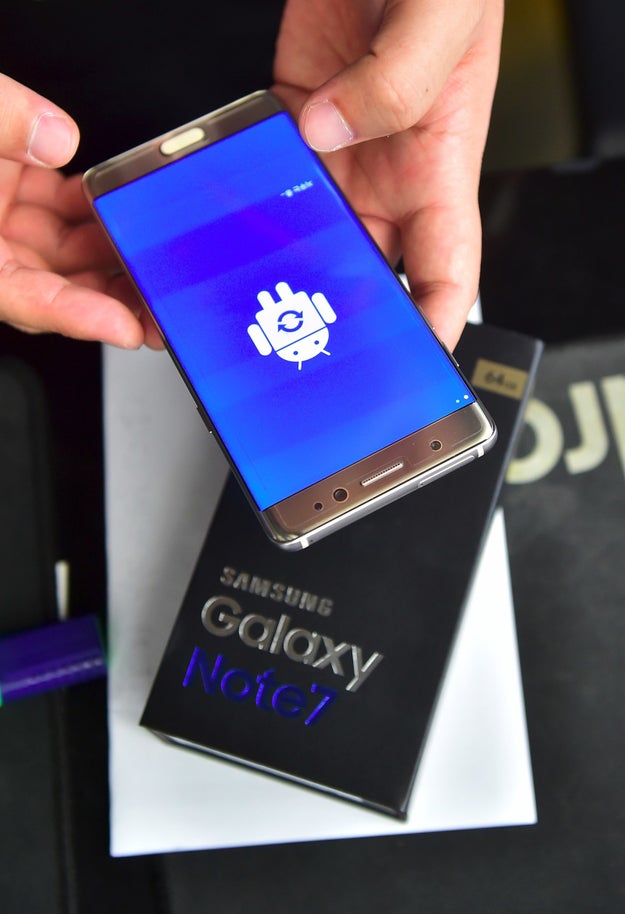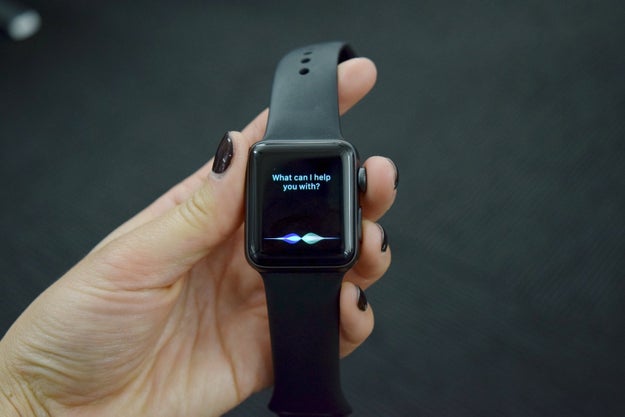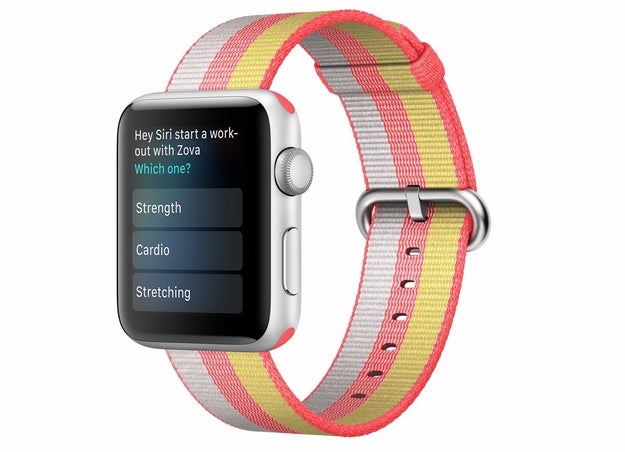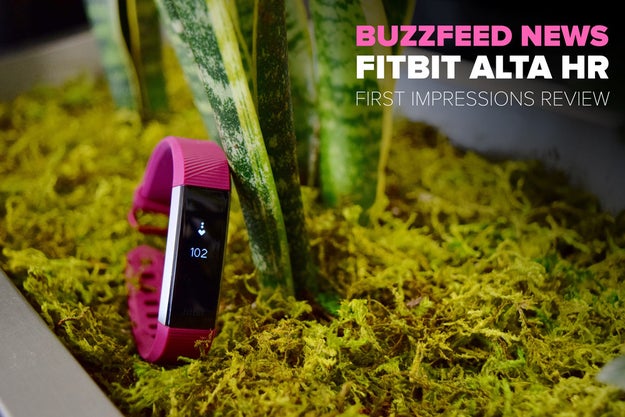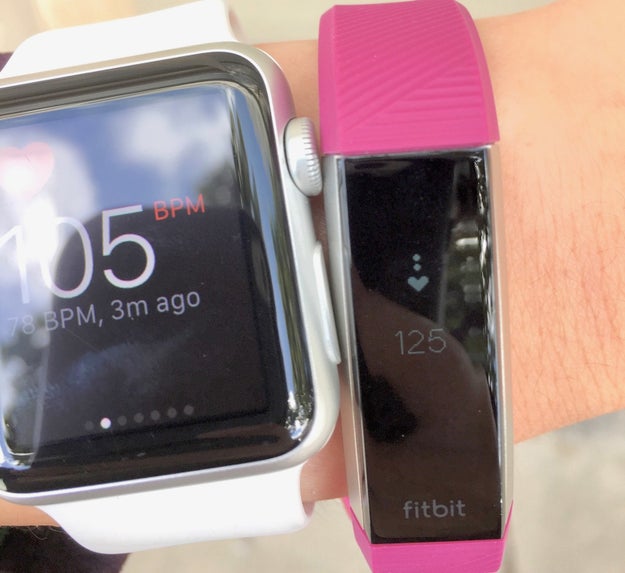
@cernovich
Scott Pelley wasn’t prepared for a troll.
On Sunday’s 60 Minutes segment on fake news, CBS Evening News anchor Scott Pelley brought Americans face to face with some of the men behind the online, pro-Trump media universe. There was a brief set-up in which Pelley noted that “the nation was assaulted by imposters masquerading as reporters” who “poisoned the conversation with lies on the left and on the right.”
Then the segment turned its focus to Mike Cernovich, a pro-Trump blogger and Twitter personality who championed rumors of Hillary Clinton’s poor health during the final months of the election. Pelley introduced Cernovich as an online writer “who has become a magnet for readers with a taste for stories with no basis in fact.”
Pelley — armed with the truth on his side — started in aggressively:
Pelley: These news stories are fakes
Cernovich: They’re definitely not fake.
Pelley: They’re lies.
Cernovich: They’re not lies at all. 100-percent true.
It was the kind of rhetorical impasse that’s common in a tense interview. But it only took a moment for Cernovich to flip the conversation on Pelley. Just a minute in, Pelley inquired about an August article Cernovich wrote with the title, “Hillary Clinton has Parkinson’s Disease, physician confirms.” Hoping to catch him in a moment of contrition, Pelley asked Cernovich to admit now that the article was misleading:
Cernovich: She had a seizure and froze up walking into her motorcade that day.
Pelley: Well, she had pneumonia. I mean–
Cernovich: How do you know? Who told you that?
Pelley: Well, the campaign told us that.
Cernovich: Why would you trust the campaign?
Pelley: The point is you didn’t talk to anybody who’d ever examined Hillary Clinton.
Cernovich: I don’t take anything Hillary Clinton is gonna say at all as true. I’m not gonna take her on her word. The media says we’re not gonna take Donald Trump on his word. And that’s why we are in these different universes.
Cernovich’s mention of “different universes” is arguably the most important moment in the 10-minute piece on the dangers of a new, unfamiliar media ecosystem. “Different universes” also illustrates how Cernovich was able to take an interview designed to discredit him and use it to his advantage. As Cernovich’s fans will see it, Pelley got owned. Pelley, like other legacy journalists who are unfamiliar or only lightly acquainted with the meme-wielding arm of the right, confronted the pro-Trump Upside Down media without an understanding of its cardinal rule: the New Right media isn’t just an opposition force to the mainstream media, it’s a parallel institution armed with its own set of facts that insists on its own reality.
“Dude I slaughtered it,” Cernovich direct messaged me shortly after the interview aired. Cernovich appeared to be reveling in the appearance — he Periscoped himself watching the interview live and then gleefully retweeted praise from the MAGAsphere as it poured in.
Among Cernovich’s supporters, the “Why would you trust the campaign?” line hit on two fronts: it effectively stopped Pelley’s line of questioning by asking him to prove an impossible negative while also tacitly suggesting that Pelley took the Clinton campaign at its word with little skepticism.
“You can tell he never considered for a second that the campaign would lie. His worldview crumbling is palpable,” alt-right media personality Lauren Southern tweeted during the segment. Another supporter chimed in, suggesting that Cernovich had Pelley “stuttering and fumbling over his words.” Pelley, a veteran interviewer, didn't actually stutter but it didn&039;t matter, the narrative was already off and running, retweeted over 1,400 times. Then came the memes:
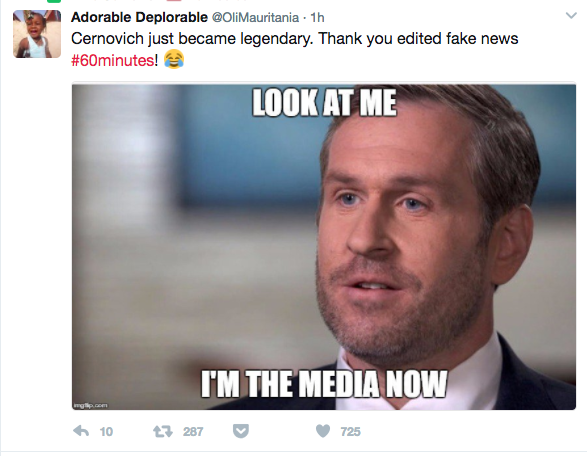
“These people think I&039;m some angry troll, that&039;s what they expected,” Cernovich said, describing the interview. Cernovich said he refused to play the part of a basement dweller or somebody strictly trying to cash in on Trump (though his detractors suggest he’s doing just that). He dressed in a pressed suit and took pains to point out his law degree to Pelley. He appeared ready for an aggressive line of questioning. “I knew I&039;d be set up and had my talking points (which are hard to edit out of context) prepared,” he told me.
Pelley, well-versed in the fake news universe, was less prepared for Cernovich’s straight-faced responses. Pelley had plenty of facts on his side, of course — besides the unrelated pneumonia incident, there’s zero evidence at all to support any of the Clinton health rumors of Parkinson’s Disease — but Pelley didn’t take into account that for his interview subject and his followers, Pelley’s reliance on the Clinton campaign was equally hollow evidence. The facts aren’t viewed as facts at all, so long as they’re coming from a “different universe” like CBS or the New York Times or CNN.
More importantly, Pelley didn’t appear to realize how his question set Cernovich up for his big applause line among his supporters. And how approaching Cernovich as an “imposter masquerading as a reporter” would afford him the opportunity to take the moral high ground and claim the interview was an “ambush.” Nor did Pelley appear to realize how, by virtue of even interviewing Cernovich on the most hallowed of old media institutions such as 60 Minutes, Pelley would simultaneously give the him the mainstream validation and the ability to criticize the program for a shallow understanding of the pro-Trump media ecosystem.
It’s not the first time that mainstream media has fallen into this trap. Two weeks ago a New York Times reporter tweeted jokingly at a dog-related Twitter account about a story referencing a controversial comment the rapper Bow Wow made about Melania Trump being “pimped out.” Cernovich piled on the tweet and called on the Times’ Public Editor to reprimand the reporter for endorsing sex trafficking. For those that follow Cernovich, it was a standard bit of concern trolling — a tongue-in-cheek play, masquerading as a gravely serious offense that aimed to rile up his base and direct scorn at the mainstream media. On a good day, Cernovich fires off a half dozen of these kinds of tweets, to the delight of his followers.
But New York Times Public Editor Liz Spayd, seemingly unfamiliar with Cernovich or the pro-Trump Twittersphere, took the bait after a series of increasingly outraged tweets by Cernovich. She publicly condemned the tweet and the reporter. Cernovich and his following celebrated the response from Spayd as a victory. While others like Media Matters, The Daily Beast, and scores of savvy reporters on Twitter bemoaned Spayd’s column as an “Alt-Right Blindspot.”
There was an important lesson in Spayd’s column, which was largely lost in the ensuing conversation. It wasn’t who was right or wrong (for the record: Spayd was wrong to engage, Cernovich was disingenuous, and Sopan Deb, the Times reporter, got caught in the middle). Instead, it was a warning to newsrooms and reporters who find themselves dipping their toes into the MAGA media fever swamp to take the other side seriously and to understand the legitimacy that personalities like Cernovich carry with their vocal followers. Put another way: know your enemy and stop giving them ammunition.
Cernovich&039;s 60 Minutes segment struck a sharp contrast with different interview on CBS that morning between Ted Koppel and Fox News pundit, Sean Hannity. Koppel&039;s evisceration of Hannity — calling him “bad for America” to his face — made headlines and forced Hannity to complain that Koppel and CBS edited down the video in a biased way. Koppel was on his home turf, calling Hannity out as a pale imitation of an actual newsman — that is, of Koppel. But Pelley&039;s questioning of Cernovich didn&039;t expose Cernovich as an imitation but as something new and free from the rules and conventions of traditional American journalism, darker in vision and raw.
Pelley and 60 Minutes’ decision to focus on fake news proved that it took the threat of the far-right’s information war seriously. But Pelley didn’t do his homework on Cernovich and the ecosystem he’s a part of. And it showed, despite the fact that CBS got to edit down the video.
“They don&039;t understand new media,” he wrote Sunday evening. “Also they all think I&039;m a moron. It&039;s perfect microcosm of the election and media&039;s view on Trump.”
I asked him to elaborate.
“They don&039;t understand me and didn&039;t even try.”
Quelle: <a href="60 Minutes Interview Shows How Unprepared The Mainstream Media Is For Pro-Trump Media“>BuzzFeed
